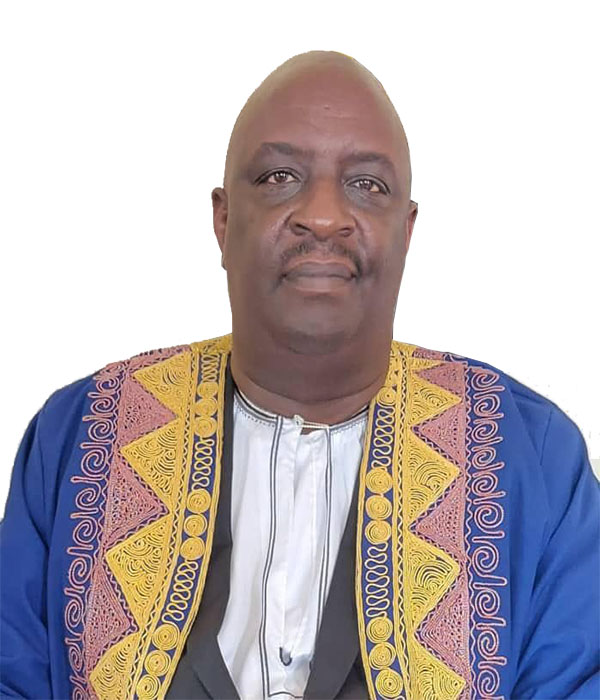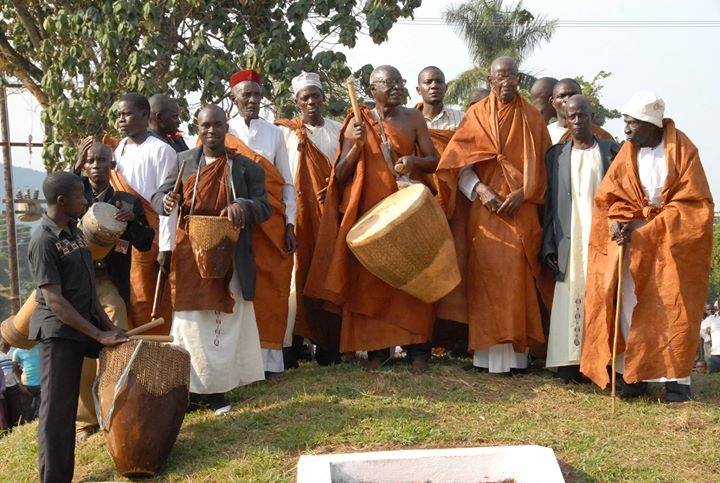Empango Ceremony
The coronation anniversary, traditionally known as Empango, is marked annually on the day the reigning king in Bunyoro ascended the throne.
Prior, before the abolition of Kingdoms in 1967, Empango celebrations would be marked twice a year during every harvesting season, where the king’s subjects would come along with harvests and other forms of gifts which they would offer to honor his good leadership.
The Empango festivals would last nine days, but lately, following the reinstatement of cultural institutions by the 1995 Uganda Constitution, it is celebrated annually (once a year) for four days, starting on the coronation anniversary date (when the reigning king ascended the throne), with two days in Karukiiza palace, one day at the Queen mother’s residence, another day at the Omukonda’s residence.
On this day, the king sounds a big royal drum known as empango which is heard only once a year. The drum he sounds is the very drum which he sounded when he ascended the throne. As is the norm in Bunyoro, when the king dies, the drums are turned upside down. They are also turned upside when a new king ascends the throne. (Omukonda as a fortune-teller who prophesied that Rukidi Mpuuga I, the first king of the Babiito dynasty would become king of Bunyoro; this office is maintained to date through hereditary lineage)
Empango celebrations involve a series of festivities; The performance of rituals on the coronation anniversary begins at 3am. In the morning, Bunyoro Subjects and other invited guests arrive in the king’s palace at Karuziika.
The king’s sword (kabindango) is put besides a nine-legged throne (nyamyaro) and the king’s walking stick (Omwigo Gwomunembe).
All dressed in back-cloth, the king sits on the Royal throne which is kept at Karuziika palace, the King’s official residence. His official wife (Omugo) seats on his right while nyina’Omukama (his official mother) sits on his left.
The king blesses the traditional tools going to be drummed by his servants which they then move outside the palace atop a small artificial hill (locally known as Kawa Kali) which is in front of the king’s gate, traditionally known as Mugabante. The king then sends a servant to the head of Abasiita clan to direct him to bring the royal drums, who by then is standing on the small hill (Mugabante) that is in front of the king’s gate, accompanied by other members of the Abasiita clan.
The head of the Abasiita drums four times before he is joined by youth blowing traditional trumpets traditionally known as Amakondere and other traditional tools which are sounded as a traditional song known as Irambi is played and sung.
The dancing procession then moves from atop the hill to the palace where the king is seated on the royal throne with beads placed in his hands.
Members of the Abasiita clan bring to the king drums along with cowrie shells, local brew and other historical artefacts.
The head of the Basuuli clan leads a procession from the hill to where the king is. A royal drum Empango Tibamulinde (the biggest drum) is carried ahead of a drum known as Empango Kajumba.
The Omukonda carrying the king’s walking stick is followed by a member from the Abahamba clan holding a garden rake. They are followed by other ritual performers. The garden rake, one of the tools used in farming, is symbolic of how agriculture plays a key role in the lives of the Banyoro.
One of the king’s servants hands over a drum known as Omunembe which he drums four times.
A ritual performer known as Ompa’nyarwa, who is also a prince in Bunyoro in the lineage of Nyarwa, the elder brother to Rukidi Mpuuga I, the first king of the Babiito dynasty; also the one who officially installs the king on the throne, brings a bowel where the king touches nine times. Before the king, comes the head of the Abahamba clan holding a small sack of millet that is tied on a garden rake (Orukanduzo).
Spears Kinegena and Kiraazankamba which are part of the king’s royal regalia are also brought before the king. The dancers praise the king as they dance towards him.
The royal tools are brought towards the king who permits the dancers to take them back to his courtyard to play for his people. At his discretion, he may also join the dance.
The king then shows up to the public outside the palace dressed in royal robes, to address his guests for the day. After speeches, he then watches his people dance to the music played from traditional musical instruments (Amakondere) which play on till morning of the next day.
The dancing and jubilations are in celebration by the kingdom subjects for their king having added another year of his reign on the throne. At this event, the king’s subjects also get to interact, socialize, and make merry.
The Next day after Empango, it is a tradition that Rukirabasaija Omukama goes to the Kraal to preside over a judge on matters brought to him by his workers and subjects.

While there, he also meets holds with the team involved in the preparation of Empango, and also holds discussions with Aba’jwaara kondo.




